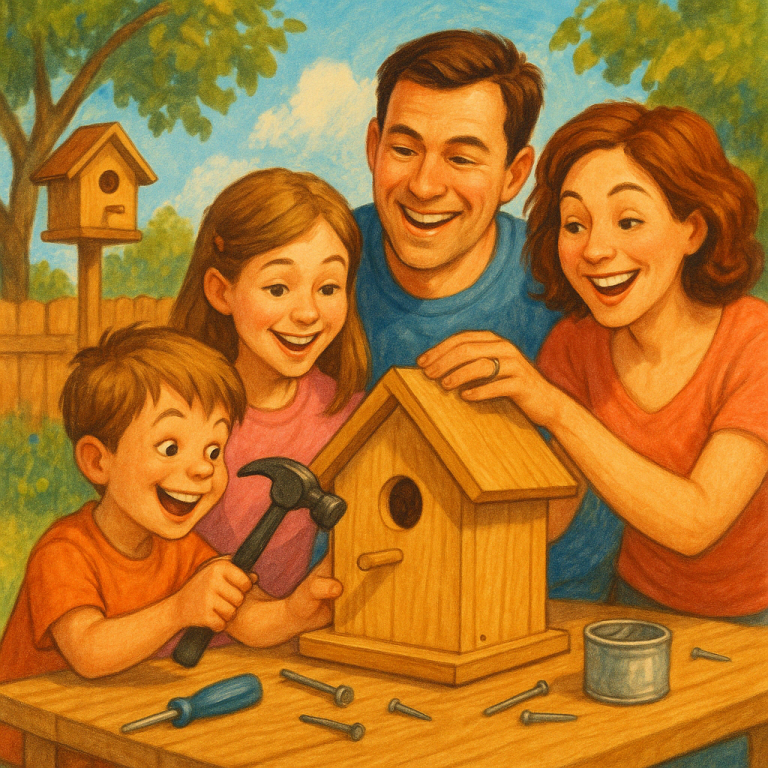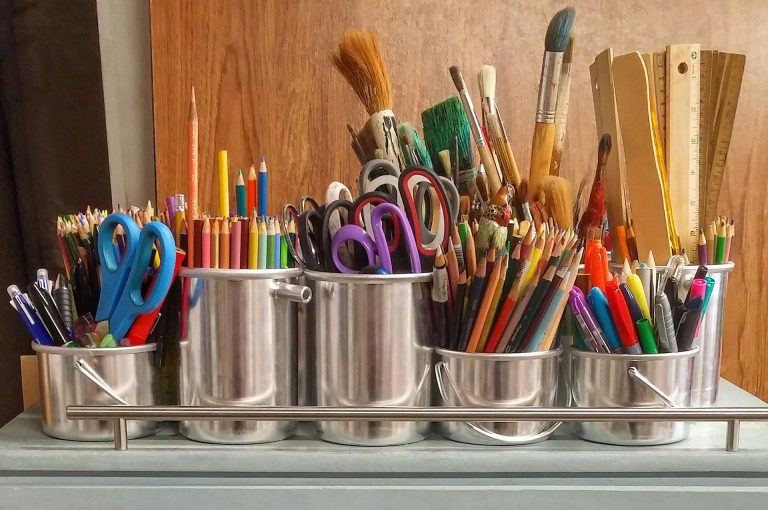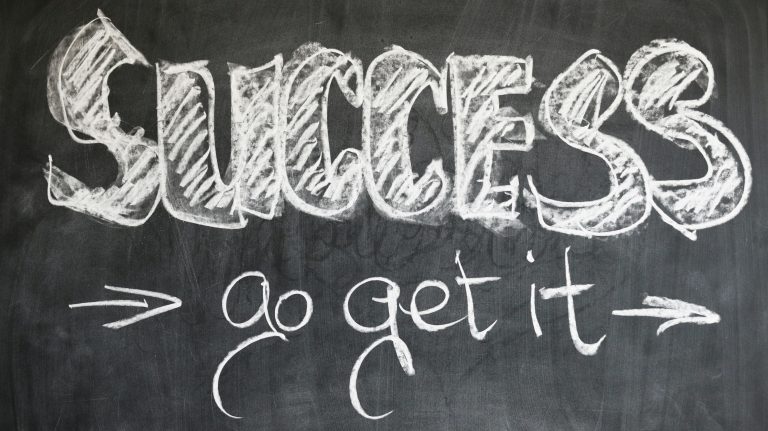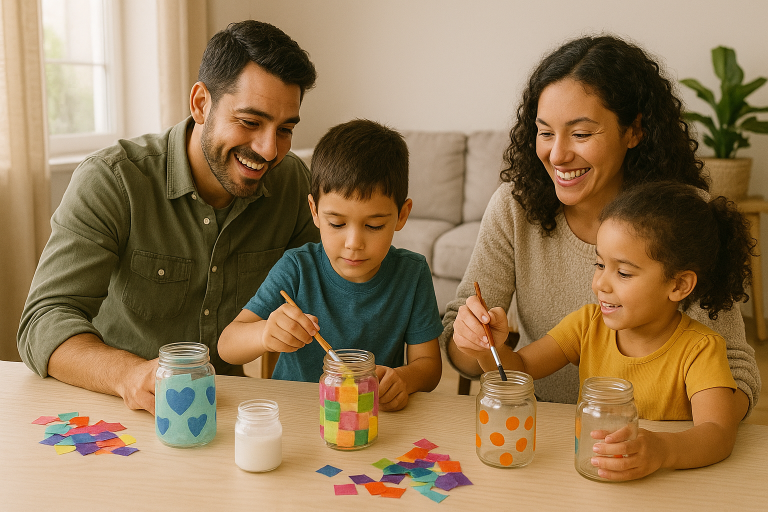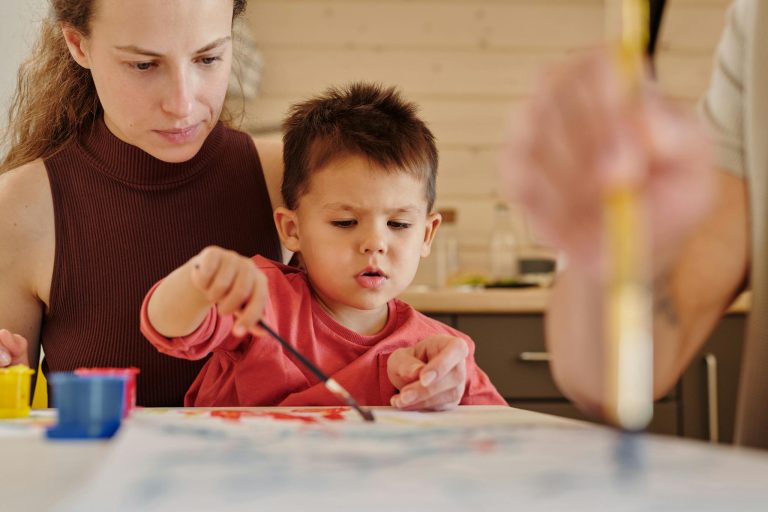Creativity For The Real World
In a world full of screens, there’s magic in getting your hands dirty, creating something from scratch, and building real-life skills as a family. Whether it’s hammering, painting, stitching, or sculpting, hands-on projects help kids develop real-life skills in ways that no app (or ai) can match.
Studies show that children who regularly engage in tactile activities tend to improve their problem-solving abilities, hand-eye coordination, and even math skills. Plus, crafting together strengthens family bonds and encourages communication—without a single notification interrupting.
These screen-free projects offer more than just fun. They build confidence, spark curiosity, and give kids the kind of practical knowledge that sticks. We speak from research and experience, so let’s enjoy our family, the best learning ecosystem for all! (Also our first, right?)
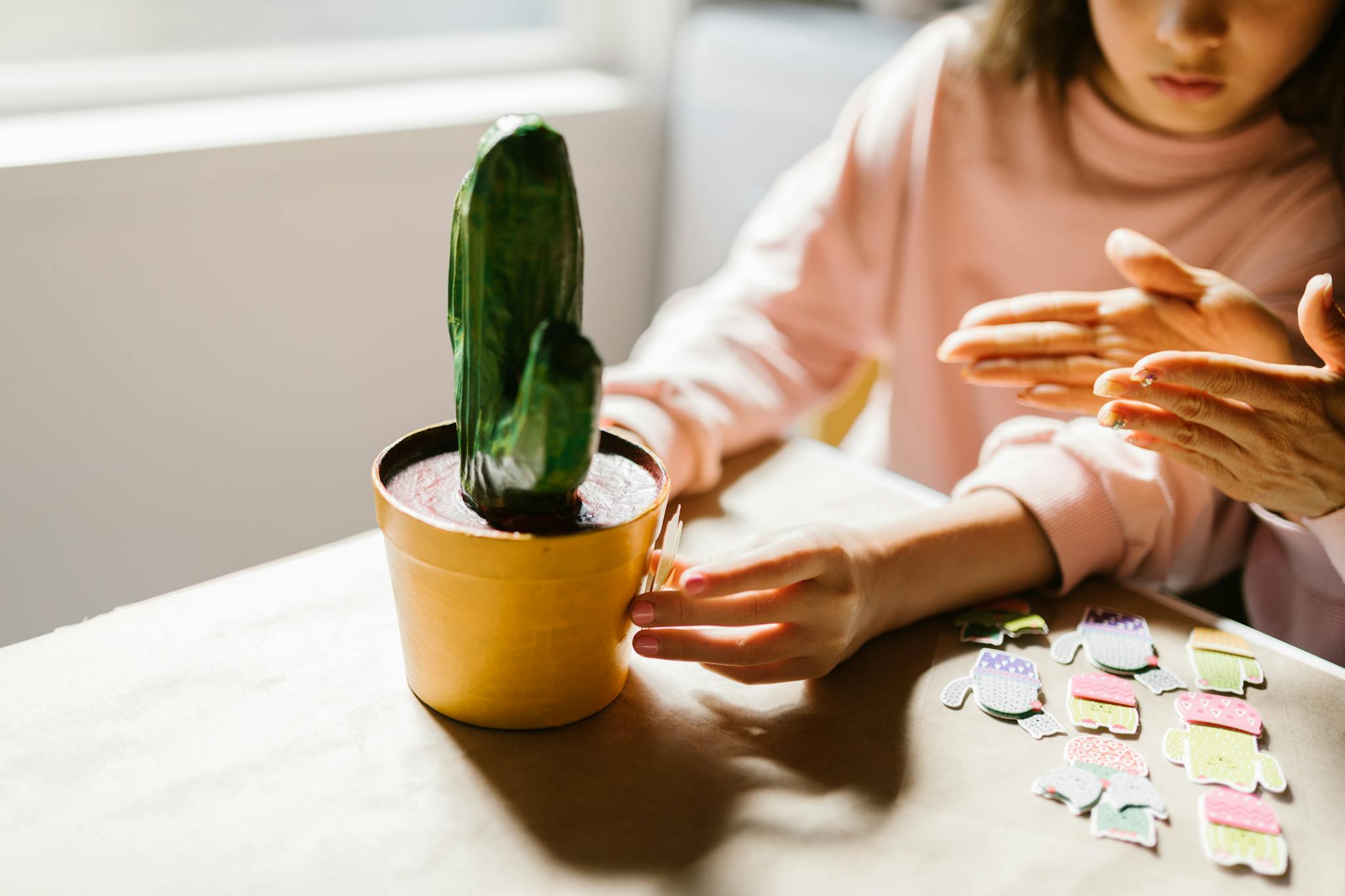
Why DIY Crafts Matter In 2025
According to Dr. Peter Gray, a research professor at Boston College, “Children learn best through play and hands-on experience.” Engaging in physical tasks helps develop fine motor skills, patience, and critical thinking — skills that translate directly into academic and real-world success.
Who knew that painting birdhouses could lead to better dishwashing skills? (We’re not saying it’s magic… but we’re not not saying that.)
Renowned child psychologist Dr. Tina Payne Bryson, co-author of The Whole-Brain Child, says that “Creative projects are incredible opportunities for kids to build both resilience and regulation.” Crafting is more than fun — it’s foundational.
10 DIY Projects That Teach, Inspire, and Empower
Let’s explore a curated list of creative projects that not only teach manual skills but also help kids grow into thoughtful, capable, and imaginative little humans.
1. Build a Birdhouse from Scratch
Skills learned: Measurement, basic carpentry, tool safety
Using wood scraps, a handsaw, nails, and a hammer, guide your child through crafting a simple birdhouse. Not only does this teach practical skills, but it also builds a love for wildlife.
🧠 Expert note: Architect Frank Lloyd Wright’s grandson, Eric Lloyd Wright, recalled in interviews how building birdhouses and treehouses as a child influenced his spatial awareness and passion for building design.
2. Homemade Soap Lab
Skills learned: Chemistry, measuring, patience
Use melt-and-pour soap bases or even render your own from scratch. Let kids choose molds, scents, and natural dyes for personalized results.
🌿 Did you know? Soapmaking is used in Montessori learning environments to teach measurement, sequence, and sensory awareness.
3. Recycled Robots from Junk
Skills learned: Problem-solving, engineering, creativity
Gather old gadgets, wires, cardboard, and bottle caps. Challenge kids to design and build their own robot. Bonus: you’re helping the planet, too!
⚙️ Inspiration: Tech innovator Limor Fried, founder of Adafruit Industries, often cites her childhood robot-building experiments as her launchpad into electronics and invention.
4. Garden in a Box
Skills learned: Biology, responsibility, planning
No backyard? No problem. Use old crates or containers to create a small herb or vegetable garden. Label everything and track plant growth over time.
🌱 Expert insight: Chef Alice Waters emphasizes that her lifelong love of food and sustainability began by gardening with her family.
5. Sew Your Own Tote Bag
Skills learned: Sewing, design, spatial awareness
Whether by hand or using a kid-safe sewing machine, making a simple fabric tote teaches kids how textiles come together — and gives them something useful to show for it.
🧵 Fashion note: Designer Stella McCartney recalls learning to sew with her mother, which shaped her commitment to sustainability in fashion.
6. Paper Mâché Pinatas
Skills learned: Crafting, design, delayed gratification
Create birthday piñatas or artistic sculptures using newspapers, glue, and balloons. This is a multi-day process, teaching patience and planning.
🎨 Fun tip: Many animation artists, including Pixar’s Pete Docter, say that building physical models as kids helped them visualize 3D objects better when animating.
7. Mini Greenhouse from Old CD Cases
Skills learned: Upcycling, engineering, sustainability
Old CD jewel cases can be transformed into a functioning mini greenhouse. Tape them together in a cube shape, fill with soil, and plant small seeds.
🌎 Eco bonus: This activity introduces green building concepts and sustainable design.
8. Create a Family Tool Bench
Skills learned: Organization, woodworking, collaboration
Build a custom tool station or tool caddy for the family. Label tools, assign roles, and involve everyone in building their own workshop together.
🔨 Parent bonus: Helps families stay organized for future DIYs, and gives kids responsibility over shared space.
9. Build a Marble Maze
Skills learned: Physics, spatial planning, logical thinking
Use cardboard, straws, and glue to create a tabletop marble maze. Let your kids experiment with angles, barriers, and tracks.
⚖️ STEM angle: This project introduces basic engineering concepts and Newton’s laws in a fun way.
10. Invent a Family Board Game
Skills learned: Critical thinking, storytelling, rule creation
Get creative — design the board, create game pieces, and write the rules. You’ll build not just a game but a family tradition.
🎲 Inventor’s angle: Many tabletop game designers started by modifying games with their parents. It teaches systems thinking and imagination.
11. Nature Collage & Group Mural
Skills learned: Art appreciation, collaboration, storytelling
Go for a nature walk to collect leaves, flowers and photos, then create a collage or mural together at home. It’s a perfect way to combine art and the outdoors. See our nature collage and collaborative art projects posts for inspiration.
💬 Real-Life Benefits: What the Experts Say
- Creativity boosts confidence. According to Psychology Today, creative expression enhances emotional intelligence and resilience.
- Manual work builds mental strength. Physical tasks train perseverance and give a sense of achievement — a critical ingredient in developing self-worth.
- Collaboration enhances bonding. Studies by the University of Cambridge show that shared family projects deepen emotional connection and improve communication skills.
🧠 Tips to Make DIY Time Count
✅ Set realistic goals. Choose one project per week to avoid overwhelm.
✅ Let kids lead. Guide them, but let their creativity shine.
✅ Talk it out. Ask what they learned, what was hard, and what they’d do differently.
✅ Celebrate! Take photos and document progress in a family DIY journal.
Is It Just A One Time DIY Project?
Crafts aren’t just for rainy days. They’re lifelong tools for confidence, curiosity, and capability. Many families find that they just love two or three of those projects and end up doing them as a family tradition. Incorporating such great projects into your family ways can create powerful memories and create a family culture that will be passed down to next generations.
Whether your child becomes a designer, a builder, a teacher, or a caregiver, the foundation starts with hands-on learning. With the right projects you’re making memories, building skillsets, and shaping minds.

